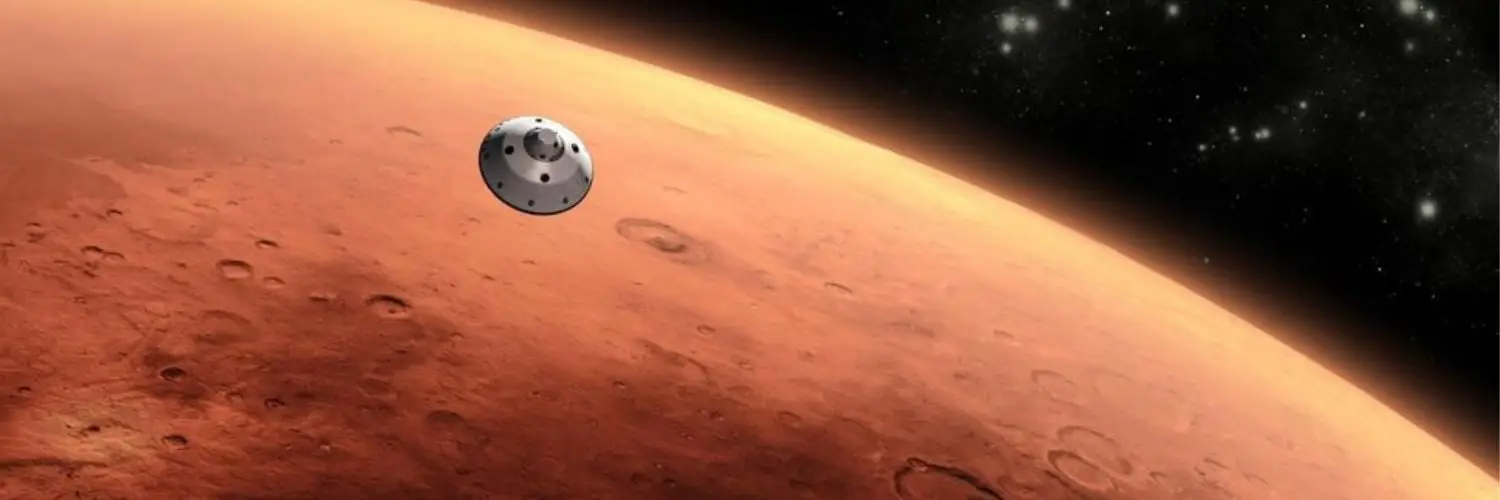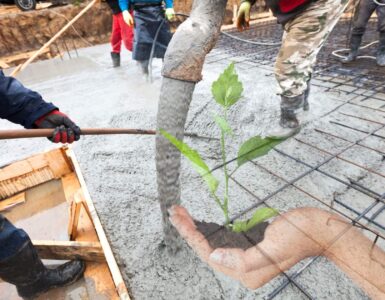Spacecrafts capable of carrying humans to Mars are being developed now, but what about our accommodation once we reach there? A lot of people have been talking about colonizing the red planet. Elon Musk thinks that millions of earthlings could live on Mars by the 2060s, complete with everything from townships, breweries, and factories. It is only when things go as planned. Scientists say that humans will absolutely live on Mars in the near future, and the first set of humans to go likely are living today. Nevertheless, before we think of living on the red planet, we will have to deal with a plethora of ways Mars can kill a person. It is clear that you can’t just live on Mars with your basic camping gear. To start with, you will die of radiation poisoning. However, you will freeze to death before that.
Is there life on Mars?
Living on another planet is an idea that has intrigued millions of people for centuries. Earth is the only place we know can support life. Ever since man landed on the moon, we expanded our dimensions and understood that nothing is impossible.
Mars appeared some 3.5 billion years ago. With the information we have obtained from numerous rovers, landers, and orbiters, it is evident that the red planet certainly had a wet past where water flowed on the surface for more than a billion years. Today, we see ancient glacial events and dried-up riverbeds on the Martian surface. We have found tiny hematite spheres and abundant proof of sedimentary rocks, which are both results of aqueous environments. This is something that we know happens on Earth. Also, we have found frozen surface water and solid sub-surface snows and ice on Mars in real-time.
All the raw ingredients required for survival on Earth were copious on early Mars as well, including liquid water on its surface and a thick atmosphere. While Mars has lost all that, it is teeming with life today.
There are several proofs and explanations that show past, present, or even future life might be a possibility. But, can we live on Mars?

What’s the reality of actually living on Mars?
You cannot just pitch a tent and live your life on Mars. It is not that easy. But, scientists have done a lot of thinking and research about how one can live on a relatively inhospitable planet. Ideas and concepts range from underground based to big bubble cities. One of the latest concepts from NASA includes homes made of fungi.
Although the red planet is a preferable option as compared to closer options like the moon and Venus, Mars still has a deadly environment. For starters, you will freeze to death if you go unprepared. And this is not it. In order to survive on Mars, we need to develop ways to extract oxygen and water.
However, according to researchers, there is one ready-made solution for humans to live on Mars – Just Stay On the Ship! This is viable from the moment people arrive on the planet for the first time.
That is, people will have to initially live on spaceships while they construct whatever human settlement solution they have in mind for permanent living. According to reports, it has been confirmed that the first people to arrive on the red planet via SpaceX Starship will live and work out of the spacecraft for the time being.
The Mars Society also has its own “Mars Direct” plan that suggests traveling to the red planet in ‘habs.’ These habs or habitats could be used to set up a base once people arrive.
Considering the advancements in technology, we could try to send humans to Mars by 2030 and create a permanent manned base by 2040. But, it is a long shot and requires deep research and a lot of investment from the government and techno-savvy individuals like Elon Musk, Jeff Bezos, and Sir Richard Branson.

What’s the biggest challenge to Mars colonization?
One of the most significant challenges that can put the whole Mars colonization mission on hold is the radiation. We have not made good strides yet in creating sustainable protection from radiation. The danger increases, particularly when solar flares are aimed directly at Mars, which is usual for the planet.





























